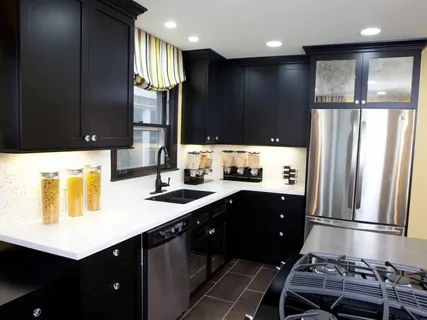The Evolution of Cabinet Manufacturing
Cabinet manufacturing has seen remarkable evolution over the years, adapting to changes in technology, design trends, and consumer preferences. In the early days, cabinets were crafted manually by skilled artisans, focusing on detailed woodwork and custom designs. As industrialization progressed, the introduction of machinery and assembly line production transformed the industry, allowing for mass production and standardized designs. Today, cabinet manufacturers leverage advanced technology such as computer-aided design (CAD) and automated machinery to produce high-quality cabinets efficiently. This evolution reflects a broader trend in manufacturing towards greater precision and customization, meeting the diverse needs of modern consumers.
Key Factors Influencing Cabinet Manufacturing
Several key factors influence the cabinet manufacturing industry, shaping both production processes and product offerings. Material selection is crucial, as manufacturers must balance durability, aesthetics, and cost. Popular materials include solid wood, plywood, and medium-density fiberboard (MDF), each offering distinct benefits. Technological advancements also play a significant role, with innovations in software and machinery enabling more intricate designs and faster production times. Additionally, consumer preferences and market trends drive changes in design and functionality. For instance, there is a growing demand for eco-friendly materials and customizable options, reflecting broader environmental and personal preferences.
The Impact of Design Trends on Cabinet Manufacturing
Design trends have a profound impact on cabinet manufacturing, driving changes in style, functionality, and materials. Contemporary trends emphasize minimalist designs, clean lines, and high-quality finishes, influencing manufacturers to incorporate sleek, modern aesthetics into their products. Additionally, there is a strong focus on integrating smart technology into cabinets, such as built-in lighting and automated features. Customization is also a significant trend, with consumers seeking personalized solutions that cater to their specific needs and tastes. These trends push manufacturers to continually innovate and adapt, ensuring their offerings remain relevant and appealing in a competitive market.
Challenges and Opportunities in the Cabinet Manufacturing Industry
The cabinet manufacturing industry faces several challenges and opportunities as it navigates a dynamic market landscape. One major challenge is managing supply chain disruptions, which can impact the availability and cost of raw materials. Manufacturers must also address environmental concerns, striving to reduce waste and use sustainable materials. On the other hand, there are numerous opportunities for growth and innovation. Embracing new technologies, expanding into emerging markets, and enhancing customization options can drive success. By staying agile and responsive to market demands, cabinet manufacturers can capitalize on these opportunities and strengthen their position in the industry.cabinets manufacturer

